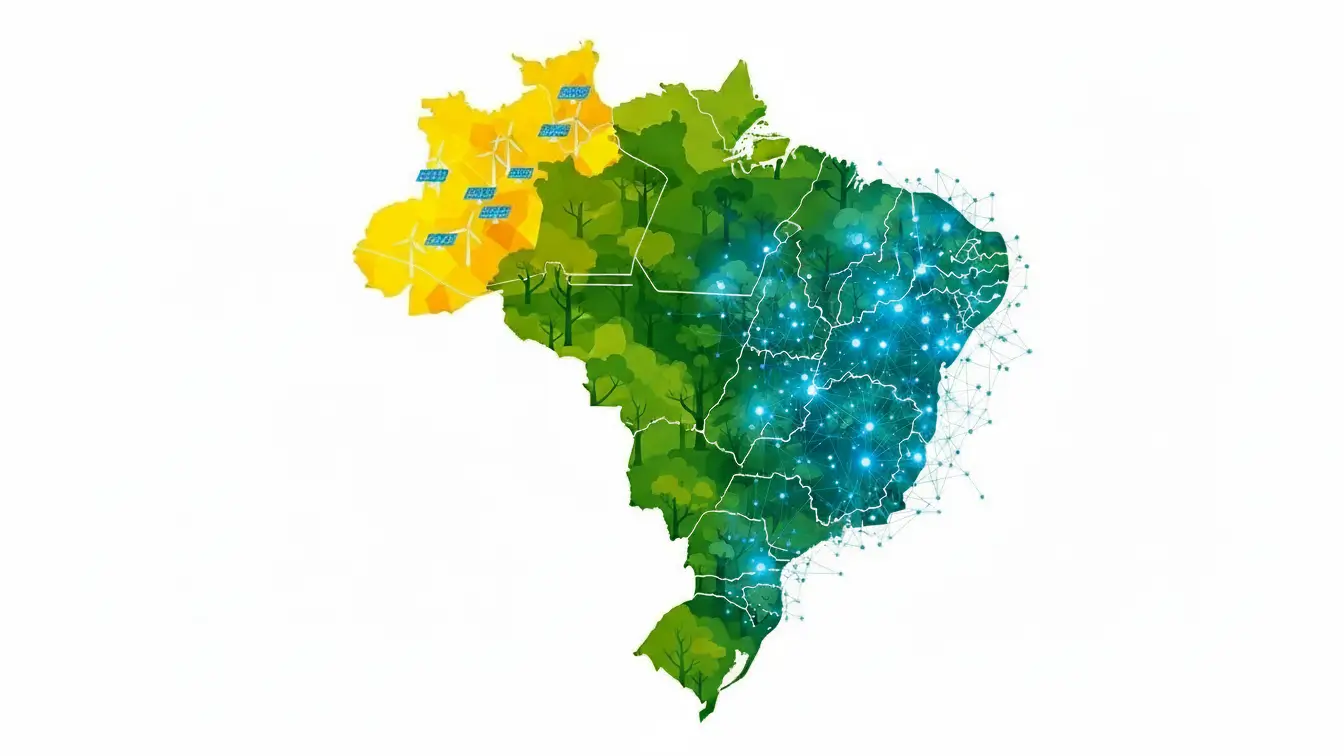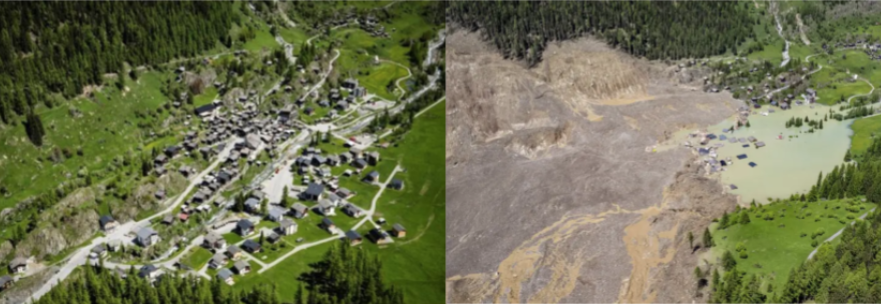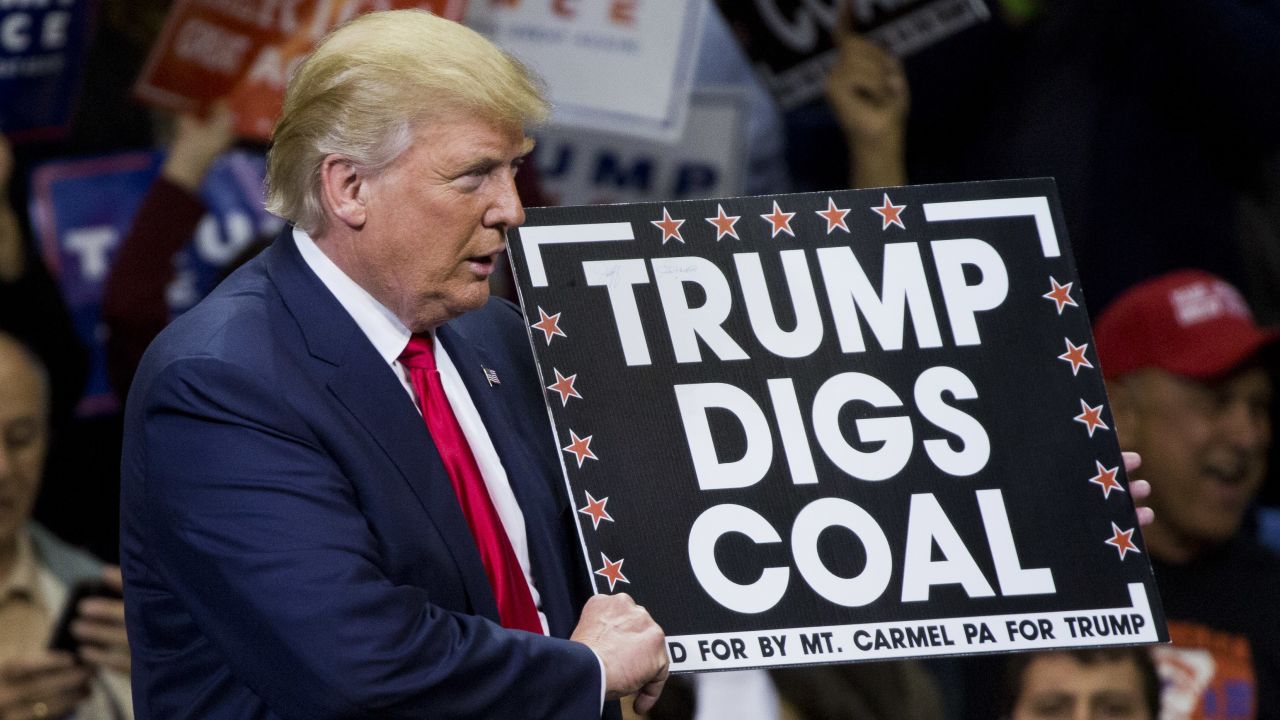THE GREENHOUSE EFFECT
First, it is important to know what the greenhouse effect is in order to understand the importance of measuring and reducing your carbon footprint, either by neutralizing or offsetting.
The planet is a perfect system, where everything, ideally, fits together and has its own function - this you must have realized since your elementary school science classes.
Some of the solar energy is returned to space, and some is absorbed by the Earth's surface and the oceans. Some of this heat that goes into space is contained by greenhouse gases - carbon dioxide (CO2), nitrous oxide (N2O), sulfur hexafluoride (SF6), and methane.
The greenhouse effect is a natural phenomenon that is responsible for maintaining life on Earth. The gases we mentioned above are able to absorb the solar radiation coming from the Earth's surface, preventing the heat from returning to space. In this way, the environment here where we live is kept warmer, making it possible, for example, for human life to exist on the planet. Without the greenhouse effect, the temperature would not rise above -18°C.
By now you can imagine what the decompensation of the emission of these gases can cause, can't you?
CO2 EMISSION
We call carbon emission the release of greenhouse gases into the atmosphere, especially carbon dioxide (CO2). The big villain of the problem is the emissions caused by the activities performed by us, human beings. The excessive volume of carbon emissions leads to the intensification of the greenhouse effect, causing global warming.
In recent decades, the concentration of greenhouse gases has had a high growth, causing changes in the natural functioning of the planet and, consequently, increasing temperatures. In general, this increase was almost 1°C, and besides feeling the harsher summers, for example, it is already possible to notice the melting of the polar ice caps.
The droughts that devastate many regions of the world, the death of animals of various species and people due to high temperatures, forest fires, and unexpected floods are also due to global warming, these situations are called extreme weather events and are increasingly common.
Indirectly, we have also started to live with a higher rate of respiratory diseases and even viral infections that take on global proportions - as was the case with the coronavirus pandemic.
The excessive emission of CO2 is largely responsible for the situation being this way. Deforestation and burning have their share in these emissions, but the consequences of industrial activities are the biggest culprits.
Carbon dioxide itself is not the problem, but the unbridled release of its particles into the atmosphere - this is where the neutralization and compensation of carbon emissions make total sense.
COMPENSATION
Offsetting comprises measures that aim to balance carbon emissions, in fact, by buying carbon credits or planting trees.
The carbon credit is traded by certified companies. It is a document that ensures that a certain amount of CO2 - usually one ton is used - is no longer released into the atmosphere. This can happen if there is the use of clean energy, a forest area that is no longer deforested, for example.
By buying carbon credits, your company is supporting offset projects that are conducted by another organization.
The great advantage of offsetting carbon emissions is, of course, to benefit nature and ensure our long-term survival. However, you can also notice an increase in the company's financial results, since the consumer public has already proven to be interested in promoting actions that are aligned with this agenda. Likewise, some governments have already created incentive programs for companies that adopt measures to offset and/or reduce carbon emissions.

NEUTRALIZATION
The neutralization of carbon emissions is one of the ways to avoid the consequences caused by the decompensation of greenhouse gas emissions.
Carbon neutrality happens when the business activity does not add any carbon dioxide equivalent to the atmosphere. This can be achieved when the practices adopted do not increase the concentration of CO2.
The first step in neutralizing emissions is to know them - you need to know what proportion of the gases you or your company releases. Then evaluate what measures can be taken to reduce them in the long term, gradually, to the point of not emitting any greenhouse gases, aiming to reach the net zero level. net zero.
Some internal processes can be reviewed or improved in order to reduce the emission of gases. The company's routine can, for example, rely on the use of recycled materials, campaigns to reduce energy consumption, water reuse systems, incentives to plant trees, and the creation or support of environmental preservation programs.

OK, BUT WHAT ABOUT IT?
And then offsetting carbon emissions is no longer enough. It is necessary not only to seek neutralization, but also to negativize the emissions. That is, in addition to zeroing them, to continue compensating for more than what was emitted. Companies that have reached net zero should continue planting trees and buying carbon credits.
FAUNA WORK
By now you must be convinced that neutralizing carbon emissions in your company is the way to go, right? We are sure, there are only benefits for the organization and for civilization in general.
However, how do you calculate your carbon emissions and then decide what measures to take to offset them and neutralize them in the future?
If you think about your personal life, there are several online tools that can help you in this mission, such as Iniciativa Verde, Idesam, Ambify and Menos1lixo, for example. Once you know, you can think of ways to reduce your carbon footprint, too, by buying carbon credits or, better yet, planting trees!
For your company, the scenario is quite similar, but the recommendation is to make an inventory of emissions through the GHG Protocol method. In this document a true x-ray of the company is made, considering everything that is part of its operation - energy consumption, travel, waste generation, fuel, etc, so that you can have the amount of emission and from there, apply solutions of positive impact. This service, Fauna does for you.
In the zero carbon line, Fauna makes the calculation of CO2 emissions, improvement report aiming at the reduction of emissions in order to walk towards being net zero net zero. Then, the proposed compensations are made with programs aligned to the company's purpose, such as environmental preservation initiatives, local collectives, and also the orientation to buy credits. Everything depends on your objectives, but always aligned with the Sustainable Development Goals established by the UN.
Want to know more? Contact Fauna and get to know our consulting programs!!
















